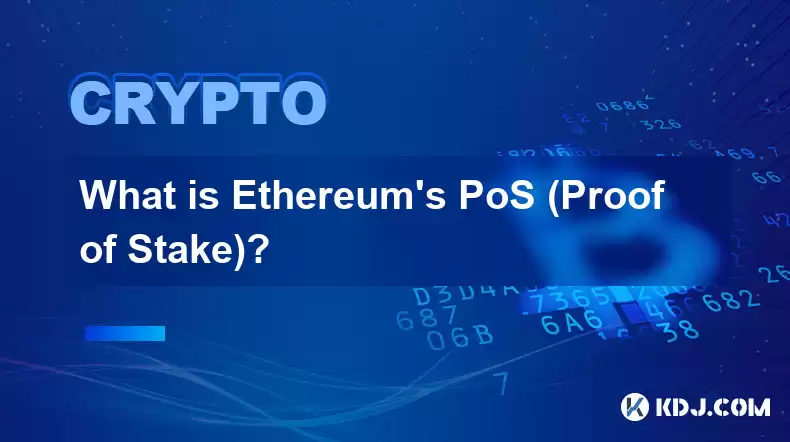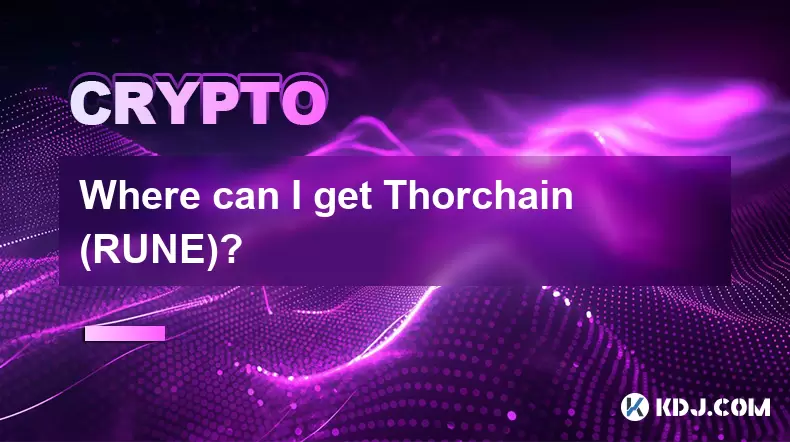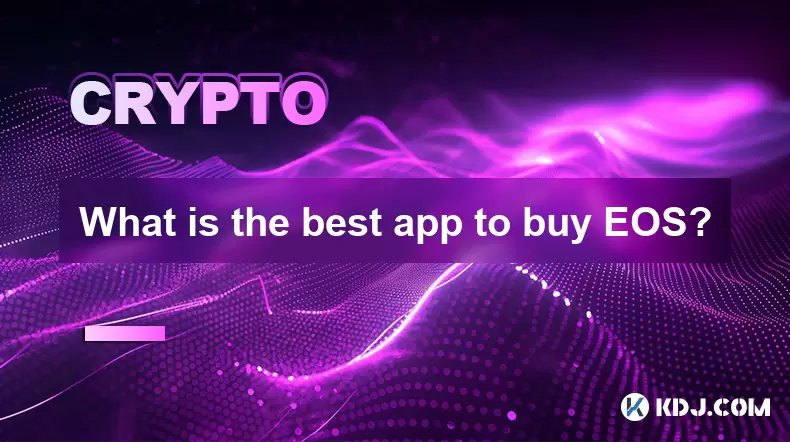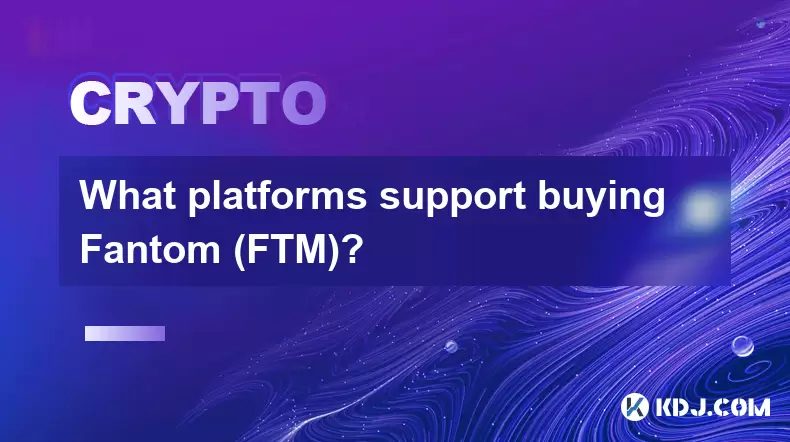-
 Bitcoin
Bitcoin $117500
2.15% -
 Ethereum
Ethereum $3911
6.19% -
 XRP
XRP $3.316
10.79% -
 Tether USDt
Tether USDt $1.000
0.01% -
 BNB
BNB $787.2
2.24% -
 Solana
Solana $175.2
4.15% -
 USDC
USDC $0.9999
0.00% -
 Dogecoin
Dogecoin $0.2225
8.40% -
 TRON
TRON $0.3383
0.28% -
 Cardano
Cardano $0.7868
6.02% -
 Stellar
Stellar $0.4382
9.34% -
 Hyperliquid
Hyperliquid $40.92
7.56% -
 Sui
Sui $3.764
7.63% -
 Chainlink
Chainlink $18.48
10.66% -
 Bitcoin Cash
Bitcoin Cash $582.1
1.88% -
 Hedera
Hedera $0.2601
6.30% -
 Avalanche
Avalanche $23.33
4.94% -
 Ethena USDe
Ethena USDe $1.001
0.02% -
 Litecoin
Litecoin $122.3
2.04% -
 UNUS SED LEO
UNUS SED LEO $8.969
-0.27% -
 Toncoin
Toncoin $3.339
0.86% -
 Shiba Inu
Shiba Inu $0.00001287
4.30% -
 Uniswap
Uniswap $10.43
7.38% -
 Polkadot
Polkadot $3.861
5.08% -
 Dai
Dai $1.000
0.02% -
 Bitget Token
Bitget Token $4.513
3.41% -
 Monero
Monero $267.7
-6.18% -
 Cronos
Cronos $0.1499
4.14% -
 Pepe
Pepe $0.00001110
5.15% -
 Aave
Aave $284.9
8.28%
What is Ethereum's PoS (Proof of Stake)?
Ethereum's Proof of Stake (PoS) mechanism, introduced with the Merge in 2022, reduces energy consumption while increasing transaction speed and security by validating transactions based on staked cryptocurrency assets.
Feb 17, 2025 at 05:18 am

Key Points of Ethereum's Proof of Stake (PoS) Mechanism:
- Overview of Proof of Stake Consensus Mechanism
- Ethereum's Transition to PoS from Proof of Work
- Benefits and Limitations of Ethereum's PoS System
- Steps to Stake Ethereum (ETH) on the Blockchain
- FAQs on Ethereum's PoS Mechanism
Overview of Proof of Stake Consensus Mechanism:
Proof of Stake (PoS) is a consensus algorithm used in blockchain networks to verify transactions and create new blocks without the need for energy-intensive mining. Unlike Proof of Work (PoW), which relies on computational power to validate transactions, PoS utilizes staked cryptocurrency assets as collateral to secure the network. Validators, who hold a certain amount of the cryptocurrency, are randomly selected to validate transactions and add new blocks to the blockchain. Validators are rewarded for their participation, while malicious actors who attempt to compromise the network may lose their staked assets.
Ethereum's Transition to PoS from Proof of Work:
For many years, Ethereum has used a Proof of Work consensus mechanism like Bitcoin. However, it began its transition to PoS with the launch of the Beacon Chain in December 2020. This transition, known as the Merge, was completed in September 2022, fully shifting the Ethereum network to PoS. The Merge significantly reduced Ethereum's energy consumption and increased the scalability and transaction processing speed of the blockchain.
Benefits and Limitations of Ethereum's PoS System:
Benefits include:
- Reduced energy consumption compared to PoW
- Faster transaction processing times
- Increased security as validators lose their staked assets if they act maliciously
Limitations include:
- Validators with more staked ETH have a higher chance of being selected
- Staked ETH cannot be accessed or traded while staked
Steps to Stake Ethereum (ETH) on the Blockchain:
- Obtain a Wallet: Choose a hardware wallet or software wallet that supports Ethereum staking.
- Purchase Ethereum (ETH): Acquire ETH from a cryptocurrency exchange or other source.
- Choose a Staking Pool: Join a staking pool or run a solo staking node.
- Transfer ETH to the Staking Pool: Send your ETH to the staking pool's address.
- Activate Staking: Follow the instructions provided by the staking pool or node to activate your staking.
FAQs on Ethereum's PoS Mechanism:
What are the hardware requirements for solo staking?
- Validator software compatible with the Ethereum blockchain
- High-speed internet connection
- 32 ETH needed to be staked
What are the risks of staking?
- Malicious validators may lose their staked ETH
- Penalties for validator downtime or misbehavior
How much can I earn from staking?
- Returns vary depending on the validator's uptime, the number of ETH staked, and overall network conditions.
Disclaimer:info@kdj.com
The information provided is not trading advice. kdj.com does not assume any responsibility for any investments made based on the information provided in this article. Cryptocurrencies are highly volatile and it is highly recommended that you invest with caution after thorough research!
If you believe that the content used on this website infringes your copyright, please contact us immediately (info@kdj.com) and we will delete it promptly.
- Tron's Sell-Off Spurs Altcoin Shift: What's Next for TRX?
- 2025-08-08 08:30:12
- RUVI Presale: Is the Growth Potential Real?
- 2025-08-08 09:10:12
- Sleep Token's US Takeover: Thornhill Rides the 'Even In Arcadia' Wave
- 2025-08-08 08:30:12
- FTT Token's Wild Ride: Creditor Repayments vs. Market Drop - A New Yorker's Take
- 2025-08-08 07:10:12
- Floki Crypto Price Prediction: Riding the Robinhood Rocket or Just a Meme?
- 2025-08-08 07:15:12
- EigenLayer, Restaking, and Ethereum: Navigating the Hype and the Hazards
- 2025-08-08 06:30:12
Related knowledge

Where can I buy UMA (UMA)?
Aug 07,2025 at 06:42pm
Understanding UMA and Its Role in Decentralized FinanceUMA (Universal Market Access) is an Ethereum-based decentralized finance (DeFi) protocol design...

What exchanges support buying IOTA (MIOTA)?
Aug 07,2025 at 09:58pm
Understanding the Role of Private Keys in Cryptocurrency SecurityIn the world of cryptocurrency, private keys are the cornerstone of ownership and con...

How to acquire Holo (HOT) tokens?
Aug 08,2025 at 05:56am
Understanding Holo (HOT) and Its EcosystemHolo (HOT) is a cryptocurrency token associated with the Holo ecosystem, which is built on the Holochain fra...

Where can I get Thorchain (RUNE)?
Aug 08,2025 at 08:07am
Understanding the Role of Seed Phrases in Cryptocurrency WalletsA seed phrase, also known as a recovery phrase or mnemonic phrase, is a critical compo...

What is the best app to buy EOS?
Aug 07,2025 at 04:35pm
Understanding EOS and Its Role in the Cryptocurrency EcosystemEOS is a blockchain platform designed to support decentralized applications (dApps) with...

What platforms support buying Fantom (FTM)?
Aug 08,2025 at 01:56am
Overview of Fantom (FTM) and Its EcosystemFantom (FTM) is a high-performance, scalable, and secure layer-1 blockchain designed to overcome the limitat...

Where can I buy UMA (UMA)?
Aug 07,2025 at 06:42pm
Understanding UMA and Its Role in Decentralized FinanceUMA (Universal Market Access) is an Ethereum-based decentralized finance (DeFi) protocol design...

What exchanges support buying IOTA (MIOTA)?
Aug 07,2025 at 09:58pm
Understanding the Role of Private Keys in Cryptocurrency SecurityIn the world of cryptocurrency, private keys are the cornerstone of ownership and con...

How to acquire Holo (HOT) tokens?
Aug 08,2025 at 05:56am
Understanding Holo (HOT) and Its EcosystemHolo (HOT) is a cryptocurrency token associated with the Holo ecosystem, which is built on the Holochain fra...

Where can I get Thorchain (RUNE)?
Aug 08,2025 at 08:07am
Understanding the Role of Seed Phrases in Cryptocurrency WalletsA seed phrase, also known as a recovery phrase or mnemonic phrase, is a critical compo...

What is the best app to buy EOS?
Aug 07,2025 at 04:35pm
Understanding EOS and Its Role in the Cryptocurrency EcosystemEOS is a blockchain platform designed to support decentralized applications (dApps) with...

What platforms support buying Fantom (FTM)?
Aug 08,2025 at 01:56am
Overview of Fantom (FTM) and Its EcosystemFantom (FTM) is a high-performance, scalable, and secure layer-1 blockchain designed to overcome the limitat...
See all articles

























































































